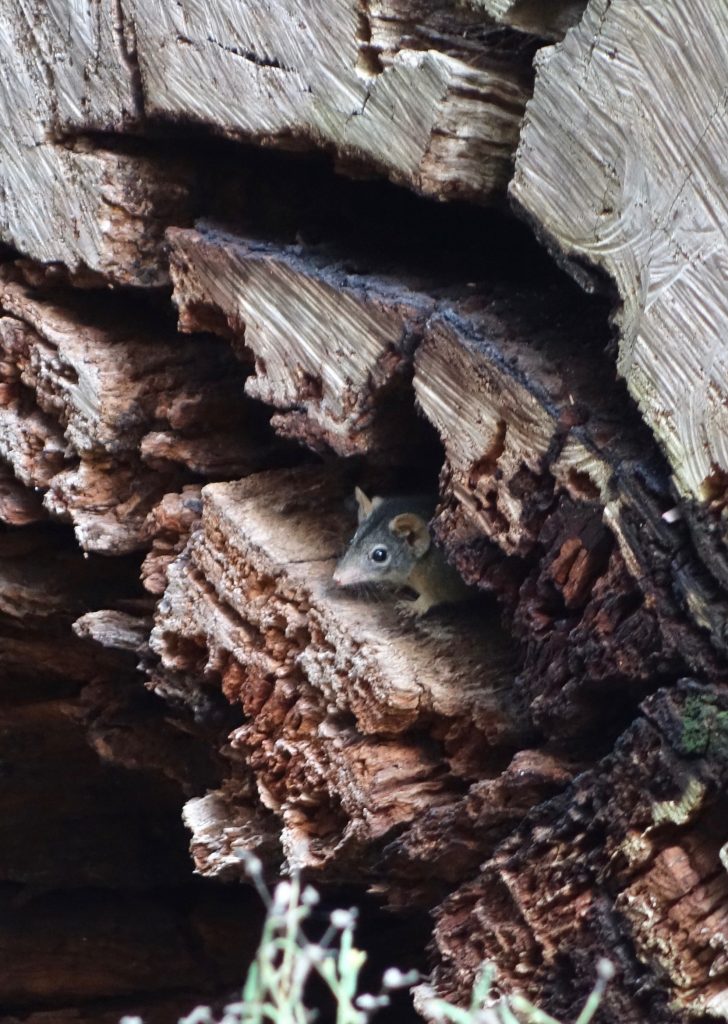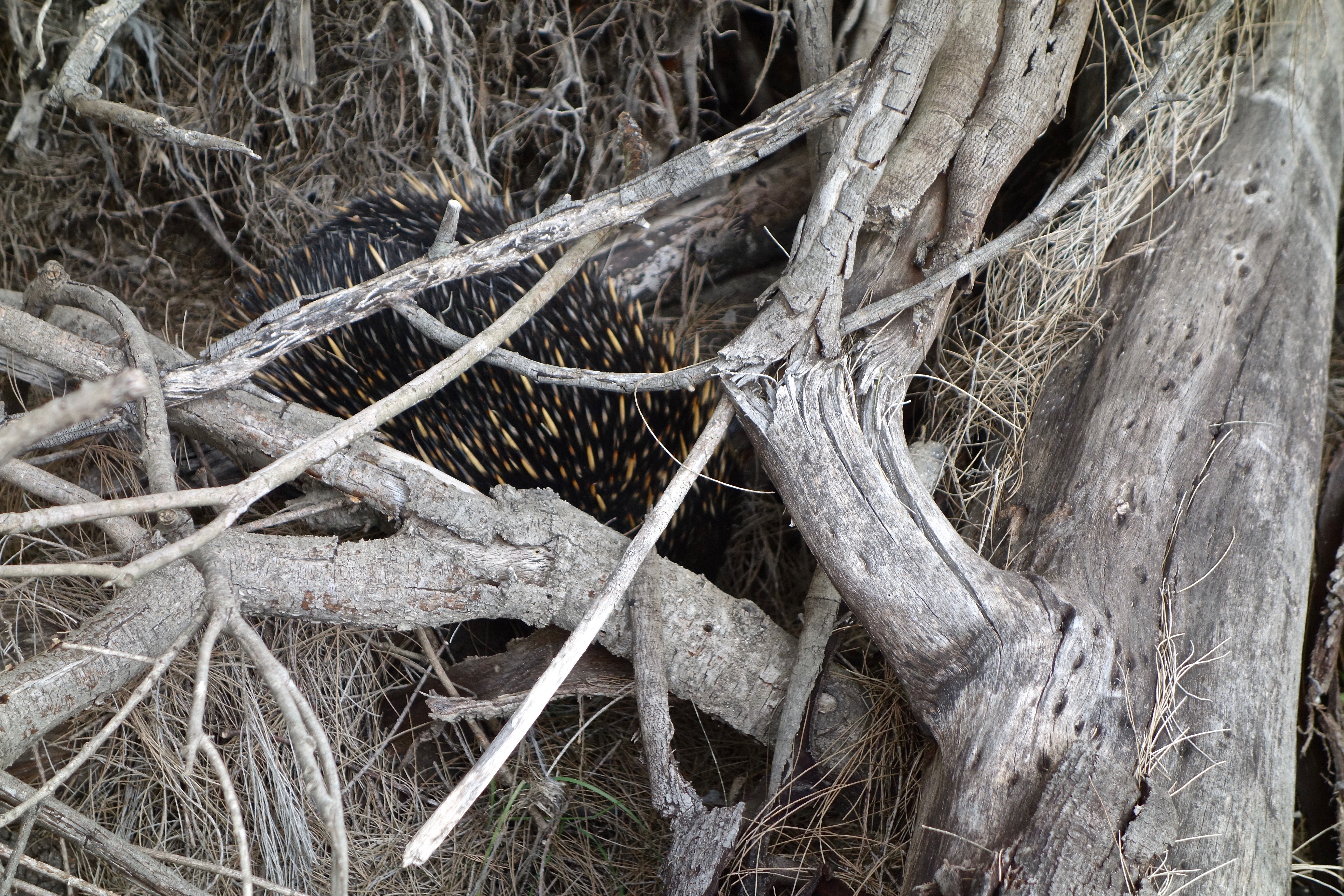It’s pre-dawn, all dark. Breeding season.
First words of ‘Breeding Season’, Amanda Niehaus, in Overland, Spring 2017
I’ve been buying literary journals for a couple of years now, reading short stories to see how writers write in the 21st century. My translations are mostly of 19th-century stories, so I need to prompt myself to read today’s writing. It’s never good to get stuck in the past.
Overland is one of the Australian journals I’ve been reading. Not every piece is to my taste, but there’s usually one in each issue that I read and re-read. ‘Breeding Season’ was such a story, drawing me in with the very word breeding, not in the title but in the first line. And then, later, the mention of an antechinus.
I once caught sight of an antechinus in a sawn tree trunk in Wangaratta. I’d heard about them, how they resemble mice and rats, how we can confuse them all, but this one was prettier than any rat and I suspected that the crevices of the old trunk were more suited to a native marsupial than an introduced species. He stood still long enough for me to snap his photo. I wrote about the antechinus and my trip to Wangaratta in an earlier blog post.

To return to the great opening line: my interest was triggered by the word breeding, evidence that the first words of a story can click somewhere in the reader’s experience, or in their hopes and fears. I wasn’t disappointed, for within ‘Breeding Season’, Amanda Niehaus writes about the jelly-bean sized babies of the antechinus and a woman’s own baby growing inside her.
I read this prize-winning story in my copy of Overland but it’s also available online.
*







